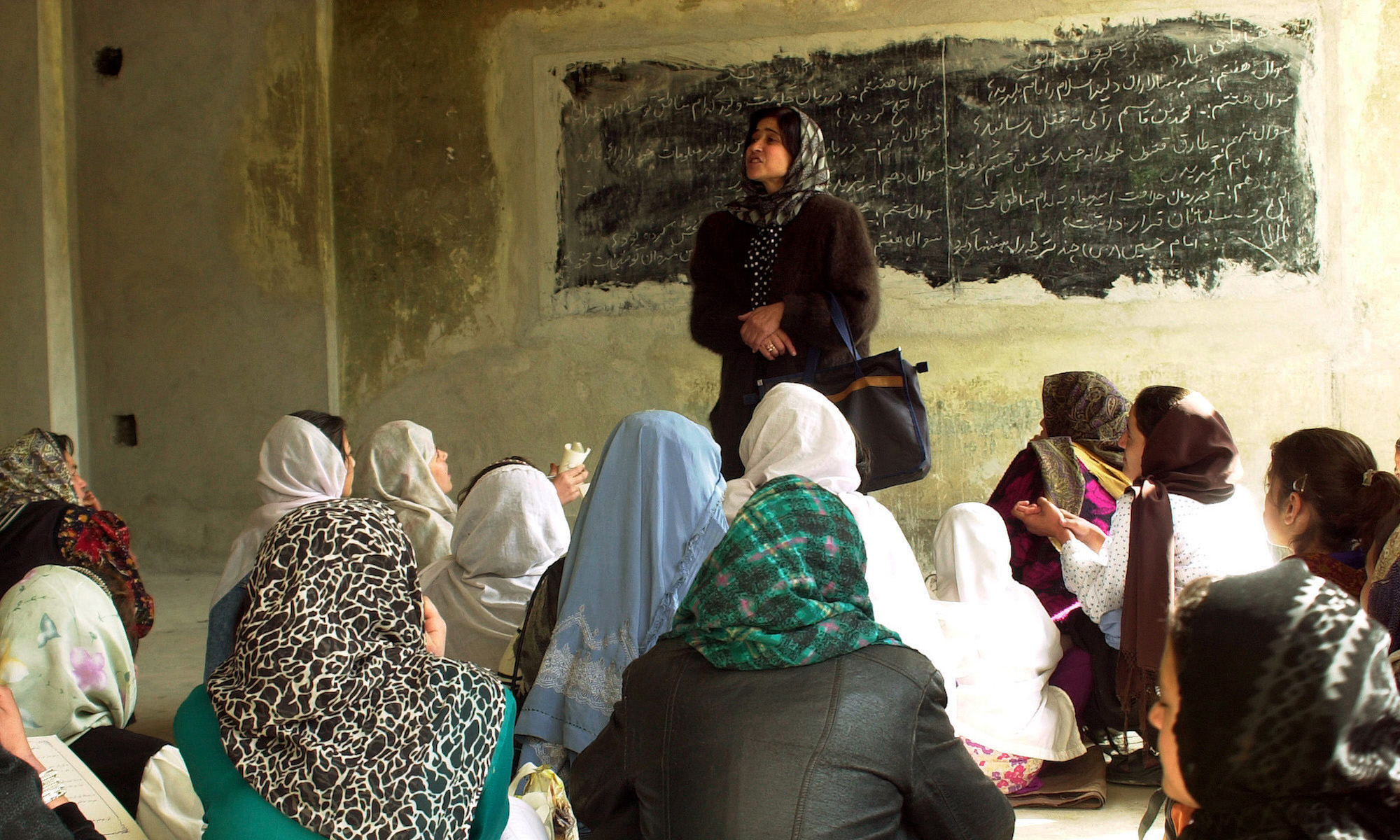Peace Operations and the Government of Humanitarian Spaces
The article identifies how the nexus between democracy, security, humanitarianism and development was built up from the 1990s. It analyses how the discourse of post-conflict peacebuilding has emerged as a notable component of a liberal democratic international order. The article argues that the transformations in peacekeeping operations depend upon a specific spatiotemporal combination ? a cleavage between a global and a humanitarian space and the temporality of development. For South American countries, participation in peacekeeping operations became a way to assert themselves as participants of a liberal democratic international order and a reflexive mode to strengthen the process of transformation of their own societies in order to be integrated into a new global cartography.
Iraq’s Road Back to Dictatorship
More Than Just Policing: Police Reform in Postconflict Bougainville
Russia’s proposal for a new security system: confirming diverse perspectives
The Soviet experience in Afghanistan: lessons to be learned?
State Collapse and Islamist Extremism: Reevaluating the Link
Stability Operations
Remaking the Nagorno-Karabakh Peace Process
The unresolved conflict over Nagorno-Karabakh continues to be the gravest long-term problem for the South Caucasus region and the whole area between the Black and Caspian Seas. Should the conflict re-ignite, it would spread catastrophe over a wide region, impacting not just Armenia and Azerbaijan, but Georgia, Russia, Turkey, Iran and energy routes across the Caspian Sea.
Statebuilding and Foreign Direct Investment: The Case of Post-2003 Iraq
Within the broader debate over the political economy of statebuilding, the role of foreign direct investment (FDI) in fragile and post-conflict settings is increasingly controversial but still understudied. This paper examines the tensions between the good governance agenda currently being implemented in Iraq and the investment dynamics occurring at the country’s national and provincial levels. Drawing on disaggregated data, the paper argues that the flow of FDI is reinforcing destabilizing dynamics in Iraq by increasing levels of inequality, deepening the decentralization process, and undermining internal and external balances of power.
This article reassesses the extent to which the British Army has been able to adapt to the counter-insurgency campaign in Helmand Province, Afghanistan. While adopting Farrell’s definition of bottom-up military adaptation, this article contends that the task force/brigade level of analysis adopted by Farrell and Farrell and Gordon has led them to overstate the degree to which innovation arising from processes of bottom-up adaptation has actually ensued. Drawing on lower level tactical unit interviews and other data, this article demonstrates how units have been unable or unwilling to execute non-kinetic population-centric operations due to their lack of understanding of the principles of counter-insurgency warfare.
